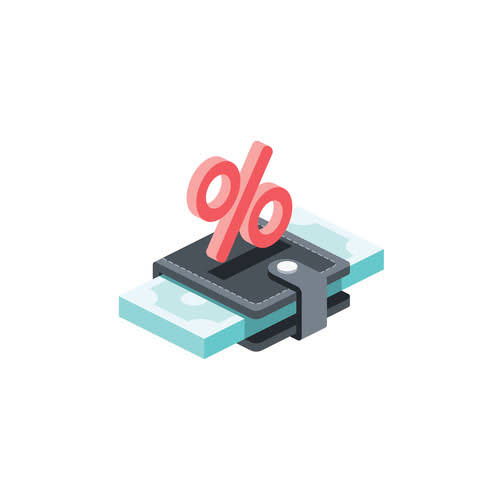
Ecommerce merchants can now leverage ShipBob’s WMS (the same one that powers ShipBob’s global fulfillment network) to streamline in-house inventory management and fulfillment. With this level of visibility, you can optimize inventory levels to keep carrying costs at a minimum while avoiding stockouts. If you have items stored in different bins — one with no lot date and one with a lot date — we will always ship the one updated with a lot date first. When you send us a lot item, it will not be sold with other non-lot items, or other lots of the same SKU. ShipBob’s ecommerce fulfillment solutions are designed to make inventory management easier for fast-growing DTC and B2B brands. Additionally, any inventory left over fifo formula at the end of the financial year does not affect cost of goods sold (COGS).

Is FIFO a Better Inventory Method Than LIFO?
Modern inventory management software like Unleashed helps you track inventory in real time, via the cloud. This gives you access to data on your business financials anywhere in the world, even on mobile, so you can feel confident that what you’re seeing is accurate and up-to-date. The average cost method is the simplest as it assigns the same cost to each item. The average cost is found by dividing the total cost of inventory by the total count of inventory. Choosing—and sticking to—an inventory valuation method to measure these amounts is essential in keeping tax-ready books. We reconcile, review, and repeat until your finances are CPA ready so you don’t have to.
FIFO vs LIFO

This method is FIFO flipped around, assuming that the last inventory purchased is the first to be sold. LIFO is a different valuation method that is only legally used by U.S.-based businesses. For some companies, there are benefits to using the LIFO method for inventory costing. For example, those companies that sell goods that frequently increase in price might use LIFO to achieve a reduction in taxes owed. Last in, first out (LIFO) is another inventory costing method a company can use to value the cost of goods sold.

Why Is the FIFO Method Popular?
- To calculate the value of ending inventory, a brand uses the cost of goods sold (COGS) of the oldest inventory, despite any recent changes in costs.
- FIFO is an inventory costing method used in accounting to value the cost of goods sold and ending inventory.
- Because the value of ending inventory is based on the most recent purchases, a jump in the cost of buying is reflected in the ending inventory rather than the cost of goods sold.
- It is one of the two main inventory valuation methods, along with LIFO (Last In, First Out).
- You will also have a higher ending inventory value on your balance sheet, increasing your assets.
- For inventory tracking purposes and accurate fulfillment, ShipBob uses a lot tracking system that includes a lot feature, allowing you to separate items based on their lot numbers.
- You also need to understand the regulatory and tax issues related to inventory valuation.FIFO is the more straightforward method to use, and most businesses stick with the FIFO method.
For example, let’s say that a bakery produces 200 loaves of bread on Monday at a cost of $1 each, and 200 more on Tuesday at $1.25 each. FIFO states that if the bakery sold 200 loaves on Wednesday, the COGS (on the income statement) is $1 per loaf because that was the cost of each of the first loaves in inventory. The $1.25 loaves would be allocated to ending inventory (on the balance sheet).

It’s required for certain jurisdictions, while others have the option to use FIFO or LIFO. Learn more about the difference between FIFO vs LIFO inventory valuation methods. FIFO is a straightforward valuation method that’s easy for businesses and investors to understand. It’s also highly intuitive—companies generally want to move old inventory first, so FIFO ensures that inventory valuation reflects the real flow of inventory. FIFO is straightforward and intuitive, making it popular as an accounting method and useful for investors and business owners trying to assess a company’s profits.

Advantages & Disadvantages of Using the FIFO Method
- The average inventory method usually lands between the LIFO and FIFO method.
- As a result, the 2021 profit on shirt sales will be different, along with the income tax liability.
- Specifically, FIFO assumes that the first cost received in stores is the first cost that goes out from the stores.
- Using FIFO, the COGS would be $1,100 ($5 per unit for the original 100 units, plus 50 additional units bought for $12) and ending inventory value would be $240 (20 units x $24).
- In accounting, it can be used to calculate your cost of goods sold (COGS) and tax obligations.
- Under the LIFO method, assuming a period of rising prices, the most expensive items are sold.
The reason for this is that we are keeping the cheapest items in the inventory account, while the more expensive ones are sold first. In contrast to the FIFO inventory valuation method where the oldest products are moved first, LIFO, or Last In, First Out, online bookkeeping assumes that the most recently purchased products are sold first. In a rising price environment, this has the opposite effect on net income, where it is reduced compared to the FIFO inventory accounting method.
